Pseudopodia
Pseudopodia are temporary bulges or extensions of the cell membrane and cytoplasm of certain unicellular organisms, such as amoebas. These extensions are used for locomotion and capturing food.
Structure and Function
Pseudopodia are formed by the flow of cytoplasm into a protrusion of the cell membrane. They can be extended and retracted as needed for the organism to move and feed. Pseudopodia also play a role in the process of phagocytosis, where the organism engulfs and digests food particles.
Role in Organisms
For unicellular organisms like amoebas, pseudopodia are crucial for their survival as they allow the organism to move towards sources of food and away from danger. Pseudopodia also facilitate the process of engulfing and consuming food particles from the environment.
Study Guide
- What are pseudopodia?
- How are pseudopodia formed?
- What is the function of pseudopodia in unicellular organisms?
- Give an example of an organism that uses pseudopodia for movement and feeding.
- Explain the role of pseudopodia in the process of phagocytosis.
After studying this guide, you should have a good understanding of what pseudopodia are and how they function in unicellular organisms.
.◂Science Worksheets and Study Guides Sixth Grade. Mollusks, Arthropods and Echinoderms
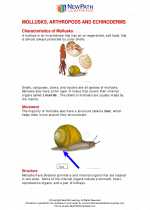
 Activity Lesson
Activity Lesson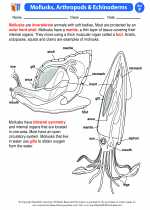
 Worksheet/Answer key
Worksheet/Answer key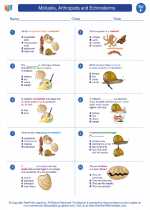
 Worksheet/Answer key
Worksheet/Answer key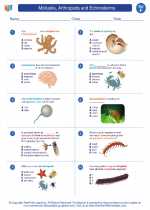
 Worksheet/Answer key
Worksheet/Answer key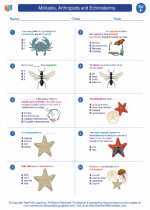
 Worksheet/Answer key
Worksheet/Answer key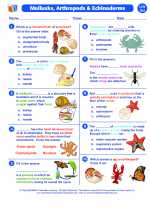
 Vocabulary/Answer key
Vocabulary/Answer key
 Vocabulary/Answer key
Vocabulary/Answer key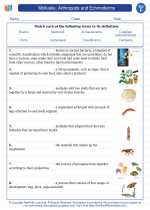
 Vocabulary/Answer key
Vocabulary/Answer key
 Vocabulary/Answer key
Vocabulary/Answer key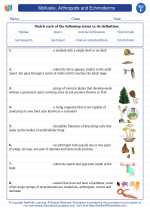
 Vocabulary/Answer key
Vocabulary/Answer key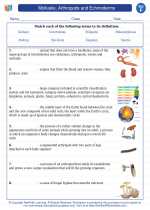
 Vocabulary/Answer key
Vocabulary/Answer key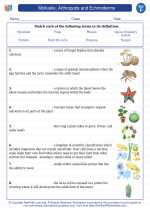
 Vocabulary/Answer key
Vocabulary/Answer key
